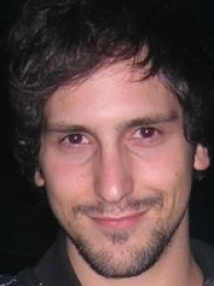BibTex format
@article{Del:2019:10.1186/s40759-019-0041-4,
author = {Del, Rosso S and Iannucci, L and Curtis, P},
doi = {10.1186/s40759-019-0041-4},
journal = {Mechanics of Advanced Materials and Modern Processes},
title = {Finite element simulation of the braiding process},
url = {http://dx.doi.org/10.1186/s40759-019-0041-4},
volume = {5},
year = {2019}
}

